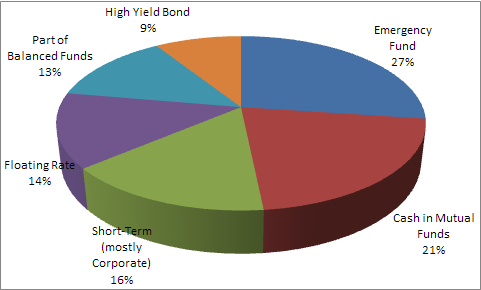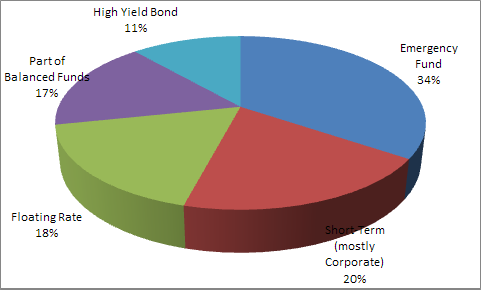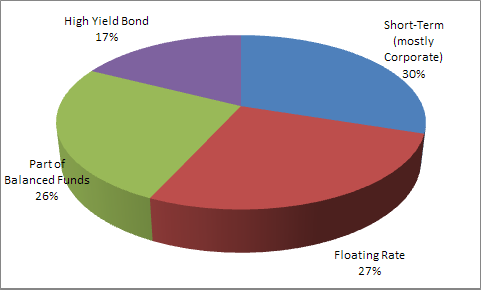Im thinking about some MLP's as an alternative to bonds.
Interesting that that many advisers are uncomfortable with them cause of tax complications. Complexity is not an issue for me if the return/rationale is there.
...
Anyone into these? Do you consider them to be like bonds?
Because of my attempts to seek out diversification, I have a total of 21 MLP pipeline companies, along with a few non-pipeline MLPs (refiners, an oil producer, sand/soda ash/fertilizer producers). Not every single one is showing a profit, but overall, I'm happy with their distributions and performance over the 6-7 years I've owned most of them.
The tax forms can appear very intimidating at first...but I set up a spreadsheet, with a row for every K-1 field, for an easy summation of all of my K-1s, so I can quickly and easily fill out each relevant IRS form. The additional marginal time it takes you to track 1 more K-1 isn't that bad once you do one...then two...then three...

Thanks for that info.
Here's what I'm thinking:
Yields are higher than most bonds
Pipeline MLP's are largely insulated from the economy in a number of ways- including long term contracts for service. So, their correlation to stocks thru a bus. cycle seems like it could be low.
If so, then it serves as bond in a portfolio sense.
Is this thinking is flawed in some way?
I view my "bond" category as something that's fairly predictable. While MLPs (especially pipelines) can have steady growth, like a utility, I view them more susceptible to the vagaries of not only the small, ever-present specter of possible tax law changes by Washington, but also somewhat susceptible to other risks (leaks in the pipeline from natural causes or vandalism/terrorism, favoritism to General Partners over Limited Partners, having to constantly grow the dividend over time to stay competitive with other MLPs or face a weak/declining stock price, etc.)...in addition to the ever-present interest rate risk of paying an adequate premium for all of the above factors over and above the current risk-free rate.
Because of that, I keep my 'bonds' separate from REITs and MLPs, and even my BDCs, even though many BDCs have fixed-rate investments/loans to many companies.



